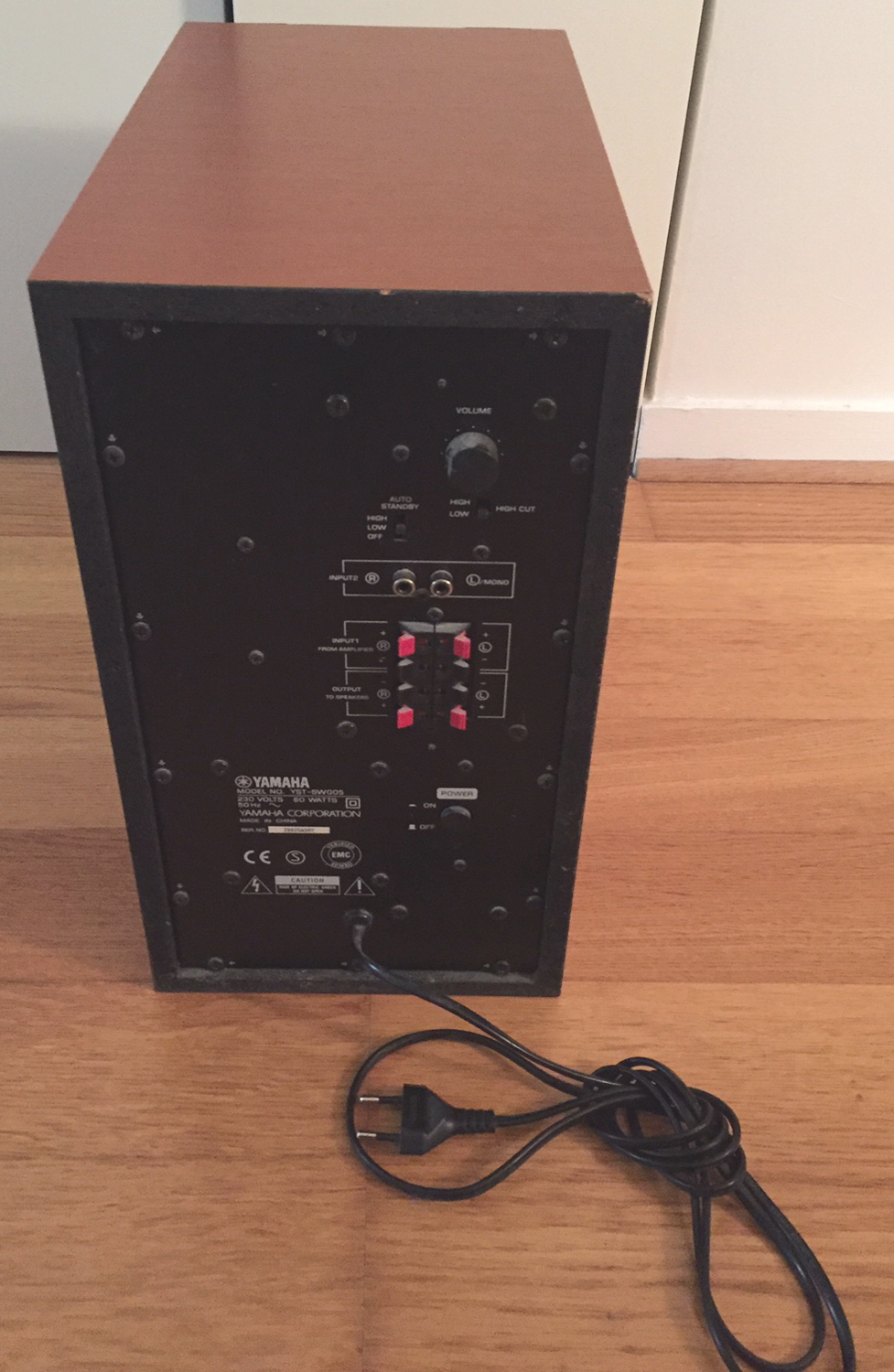

Most of these models are even USB powered.

Plenty of the controllers we stock are slim enough to slot in a backpack and all MIDI controllers will be compatible with laptops since they're simply hooked up via USB. Luckily, it's easy to set up a laptop, plug in a good set of headphones and set up a compact MIDI controller and maybe an audio interface. Compact Laptop-Friendly USB MIDI ControllersĪ lot of producers like to be mobile so they can keep working on something wherever they are. You can also get encoders surrounded by an LED ring which indicates the setting level, and when you load up a project, the LED ring setting is automatically updated by your DAW.
#Korg nanokontrol nuendo software#
The current solution is unlimited encoders, since no matter where the encoder is set, the value in your DAW software remains the same when you load it up. Limited encoders have yet to be motorised, so when you load up a project in your software, the encoders won't shift back into the position you last left them, like passive faders. Limited encoders can only be rotated to a certain point, so maybe the 5 or 7 o'clock position, while unlimited encoders can be rotated all the way around the clock and forever. The rotary knobs - also known as encoders - can either be limited or unlimited. Encoders: Limited & Unlimited Rotary Knobs By simply moving your fingertip up and down this touch sensitive strip you can adjust certain parameters. Touch StripsĪnother handy control element is the touch strip. The advantage of having a set of motorised faders is that, when you finish working on one project and start working on something else and you come back and load up the first project, the faders will automatically shift back to where you left them. Since they're fairly cheap to produce, most controllers tend to be fitted with passive faders. They're not motorised and will only move when manually shifted up or down to send a MIDI message to your DAW, which then adjusts a setting in your software. Passive faders are simple slide controls. MIDI controller faders can be either passive or active: Passive Faders There are also MIDI keyboards for playing in chords and melodies, many of which will include encoders, pads, faders and transport controls. Besides that, you might get a bank of assignable encoders for controlling certain functions of your software, and a set of assignable performance pads that can be set up to tap in beats or even melodies by hand. Many controllers feature a transport section, which is your basic play, stop, rewind, and record buttons as well as a set of faders for setting the volume of your recorded tracks. The elements you can control and in what way depends on what your studio controller can do. With a studio controller, you're gaining tactile, hands-on control over the various functions of your DAW recording software, which is often far more intuitive than working with a keyboard and mouse. DAW Controllers: Faders, Performance Pads, Rotary Knobs & ButtonsĭAW controllers and studio controllers are the same thing.

A MIDI controller - AKA a studio controller or DAW controller, is a single unit loaded with controls like faders, encoders, and buttons, and while they can't produce any sound themselves, they can control other MIDI gear or software.


 0 kommentar(er)
0 kommentar(er)
